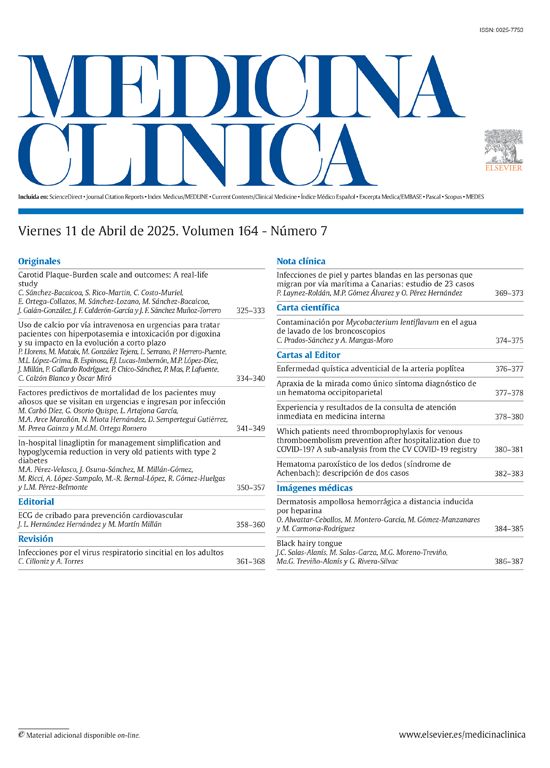Cutaneous lupus erythematosus (CLE) can occur as a manifestation of systemic lupus erythematosus (SLE), or independently. Despite being an organ-limited condition in the former, CLE can be a severe, refractory and disabling condition, sometimes leading to aggressive systemic immunosuppressive treatment. Accordingly, both cutaneous activity and sequelae are considered in the Systemic Lupus Erythematosus Disease Activity Index (SLEDAI) and Systemic Lupus International Collaborating Clinics/American College of Rheumatology Damage Index (SLICC/ACR) scores.
We present a 49-year-old woman smoker with a history of severe CLE with acute lesions, including malar rash, and subacute lupus erythematosus, with annular-polycyclic photosensitive eruptions. Despite high antinuclear and Ro60 antibodies titers, since the disease onset, 18 years ago, she has never presented any systemic involvement. Nevertheless, due to severe cutaneous involvement, she has received antimalarials, including chloroquine, hydroxychloroquine and mepacrine, dapsone, mycophenolate, methotrexate, rituximab, belimumab and even thalidomide. Most of the aforementioned drugs were considered ineffective, and therefore withdrawn, with the exception of thalidomide, which had to be ended because of peripheral neuropathy. Therefore, high-maintained doses of steroids were used almost constantly. Consequently, the patient presented osteopenia, obesity and nonalcoholic steatohepatitis, in addition to frequent but non-severe infections including oral and vulvovaginal candidiasis.
In 2021 the patient began to be evaluated and managed in our unit, in cooperation with the Dermatology Department. In addition to intensifying antimalarial treatment, with daily hydroxychloroquine and mepacrine and continuing treatment with methotrexate, we decided to add quarterly 45mg ustekinumab doses in order to avoid high glucocorticoid doses. During 2021 and 2022, the patient only needed a short steroid course and prednisone 5mg/daily was maintained indefinitely. Unfortunately, in May and October 2023 she presented two consecutive flares that needed a higher prednisone dose due to both acute and subacute cutaneous lupus. In the latter episode, after increasing baseline prednisone dose to 10mg/daily with no effect, three methylprednisolone pulses led to a rapid but not sustained cutaneous improvement. In this setting, the multidisciplinary team in charge decided to withdraw ustekinumab and to start 300mg anifrolumab monthly. Fig. 1 shows the eruptions on the patient, which had dramatically improved 2 weeks after the first infusion. Six weeks later, after the patient had received two doses with excellent tolerance, no active lesions were observed.
Anifrolumab is a human monoclonal antibody to type I interferon receptor subunit 1 with proven efficacy in controlling SLE disease activity, reducing flares, and allowing glucocorticoid dose reduction. In addition, anifrolumab has shown rapid and robust efficacy mostly in cutaneous and articular involvement, as seen in our patient. Whilst its benefit in other domains, such as hematological disease, has also been proven, this drug is possibly going to be important in the management of moderate and severe cutaneous and articular SLE. In fact, it has been the only treatment, other than thalidomide, that has clearly controlled our patient's severe CLE.
Ethical approval informed consentThe patient gave informed consent regarding her clinical data and images. All data presented is anonymised.
FundingNone declared.
Conflicts of interestsNone declared.









